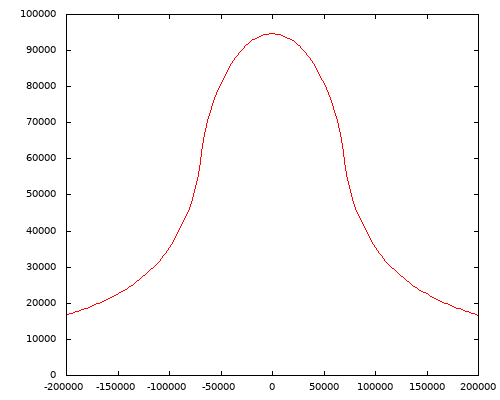Stellar Einstein rings
Stellar Einstein ring animations
Here are video animations of possible Einstein rings that may appear around nearby stars.
We model a hypothetical Sun-like star, located at approximately 6 pc (20 light years) from us, coming into conjunction with a Sun-like star that is 8,000 pc from us (e.g., in the central bulge of the Milky Way. The first video shows the entire event, which may take several months in duration. The second and third videos progressively zoom in on the period of maximum light amplification. Because the source of light is compact and perfect conjunction is assumed, light amplification is extreme, well in excess of 100,000. Such an event will be clearly visible, with an Einstein ring that is resolvable by some of the largest telescopes, even if the lensing star is comparatively bright.
The lensing star is not shown in these images. For reference, the image field of view amounts to roughly 165 mas (milliarcseconds). The wave-theoretical simulation used to produce these images assumes a telescope with a 10-meter aperture, operating at the wavelength of λ = 1 μm.
Any flickering or wobble that appears in these images is a numerical artifact, not a physical effect.
| Duration: ~154.3 days (@ 30 km/s telescope speed relative to optical axis). | |
 | |
| Duration: ~3.7 hours. (Wobble is rounding artifact, non-physical.) | |
 | |
| Duration: ~133 seconds. | |